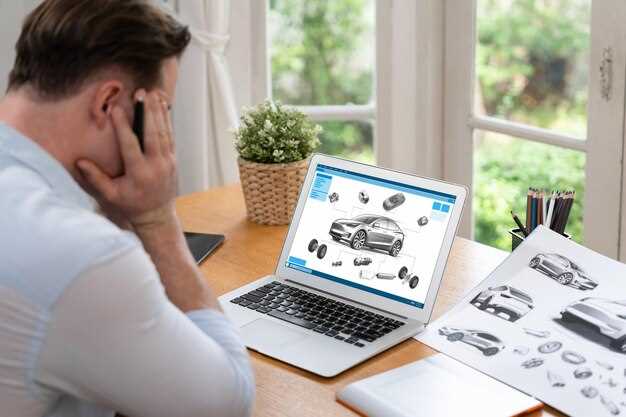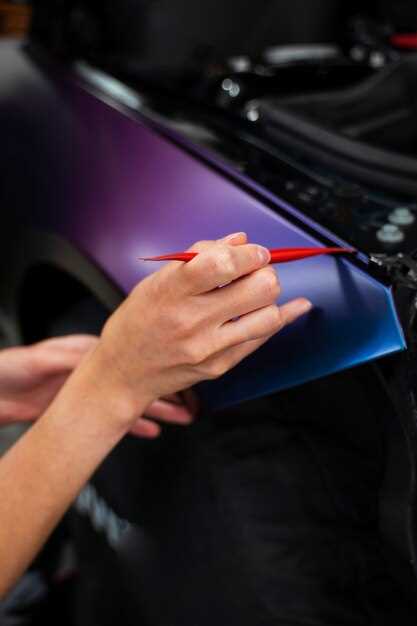
When it comes to car modifications, the DIY approach can be both exciting and rewarding. However, without the right knowledge and preparation, it can also lead to a myriad of problems. Many enthusiasts make common mistakes during the design process that can not only affect the performance and aesthetics of their vehicles but also compromise safety. Understanding these pitfalls is essential for anyone looking to undertake car projects with confidence.
One of the most prevalent mistakes novice DIYers make is underestimating the importance of planning. Rushing into a project without a clear design or budget can result in wasted time, resources, and ultimately a car that does not meet expectations. It’s crucial to take the time to outline goals, research necessary modifications, and understand potential challenges before diving headfirst into the work.
Another significant error is neglecting the fundamentals of car mechanics and design principles. While it may be tempting to follow online tutorials blindly, DIYers must ensure they fully comprehend each step and its implications. Failures in structural integrity, poor parts compatibility, and inadequate safety measures can occur when essential knowledge is overlooked. In this article, we will explore these common DIY car design mistakes and provide guidance on how to avoid them, ensuring your project not only looks great but performs reliably and safely.
Miscalculating Cost and Budget for Modifications
One of the most common diy car design mistakes is miscalculating the costs associated with modifications. Proper budgeting is crucial to ensure a smooth project and avoid unexpected financial strain.
When planning modifications, enthusiasts often focus solely on parts and materials, neglecting other significant expenses. Labor costs, if you plan to hire professionals, can quickly escalate. Additionally, don’t forget about tools that may need to be purchased or rented, which can add further expenses to the project.
Moreover, the temptation to cut corners can lead to cost overruns. Inadequate planning may result in purchasing incorrect or subpar components, necessitating additional spending to rectify mistakes. A well-considered budget should allow for errors and unexpected challenges that often arise during diy projects.
Consider setting aside a contingency fund, generally around 10-20% of the total budget, to accommodate any financial surprises. This practice can significantly minimize stress and help keep the project on track, ensuring that your car design remains both effective and enjoyable.
Overlooking Safety Features in Custom Builds

One of the most significant design mistakes that car enthusiasts make when undertaking custom builds is neglecting essential safety features. While personalizing a vehicle can be a thrilling project, it is crucial to remember that safety should always come first. Custom cars often attract attention for their aesthetics and performance, but overlooking safety elements can result in dire consequences.
When modifying a car, some builders focus primarily on visual enhancements, such as paint jobs, custom body kits, or unique interior designs, while sidelining structural integrity and safety systems. For instance, replacing factory seats with aftermarket ones might improve the look of the interior, but if these seats lack proper anchoring or fail to meet safety standards, they could pose serious risks in the event of an accident.
Another common mistake is failing to incorporate modern safety technologies. Features like airbags, advanced braking systems, and traction control are designed to protect occupants during crashes. A custom build that ignores these advancements could result in a vehicle that is not only less safe but also in violation of legal regulations.
Moreover, many builders do not adequately reinforce the vehicle’s chassis when making modifications. Structural integrity is vital for maintaining control during a collision. Removing or altering critical components without considering their contribution to overall safety can lead to catastrophic failures on the road.
Additionally, builders may overlook the importance of proper tire and brake systems. Upgrading engine performance without ensuring that the braking system can handle the added power is a frequent oversight. Insufficient braking capacity can lead to accidents, especially at higher speeds.
In summary, while customizing a car can be an exciting endeavor, it is essential to prioritize safety features to avoid preventable accidents and ensure compliance with regulations. Balancing aesthetics, performance, and safety not only enhances the driving experience but also protects the lives of everyone on the road.
Neglecting Proper Tools and Techniques for Assembly

When diving into DIY car design, one of the most significant mistakes to avoid is neglecting the proper tools and techniques for assembly. This oversight can lead to a range of issues, from poor performance to safety hazards.
Using inappropriate or substandard tools can result in suboptimal assembly quality. For instance, utilizing a regular wrench instead of a torque wrench can lead to over-tightened or under-tightened components, causing mechanical failures.
Moreover, employing incorrect techniques can compromise the integrity of the car’s design. Here are several common pitfalls:
- Inadequate Planning: Failing to map out the assembly process can lead to confusion and errors. Always create a detailed plan before starting.
- Ignoring Manufacturer Specifications: Each component comes with specific assembly requirements. Disregarding these can result in excessive wear or failure.
- Skipping Safety Measures: Neglecting safety precautions, such as wearing protective gear and securing the work area, can lead to accidents.
Additionally, investing in quality tools is crucial. While cheaper alternatives may seem attractive, they can ultimately lead to additional costs due to mistakes and replacements. Here are some essential tools that should not be overlooked:
- Torque Wrench
- Socket Set
- Pliers and Wrenches
- Safety Goggles and Gloves
- Adhesive and Sealants
By ensuring you have the right tools and following proper assembly techniques, you not only avoid common design mistakes but also enhance the overall performance and safety of your car. Proper assembly leads to a more reliable vehicle and a more satisfying DIY experience.



